In 1927 a Man Fell Into a Hole in the Grand Canyon and Made One of the Most Important Discoveries in History
On his way to his friend’s house for poker night in 1927, Walter Peck almost fell into a hole in the Grand Canyon.
Things turned around for Walter the next day when he returned to see the hole that went from a supposed gold treasure site to an iconic landmark.
A Supposed Gold Mine
Believing the hole would lead to a gold mine, Walter returned the next day with his friends, a long rope, and a cowboy.
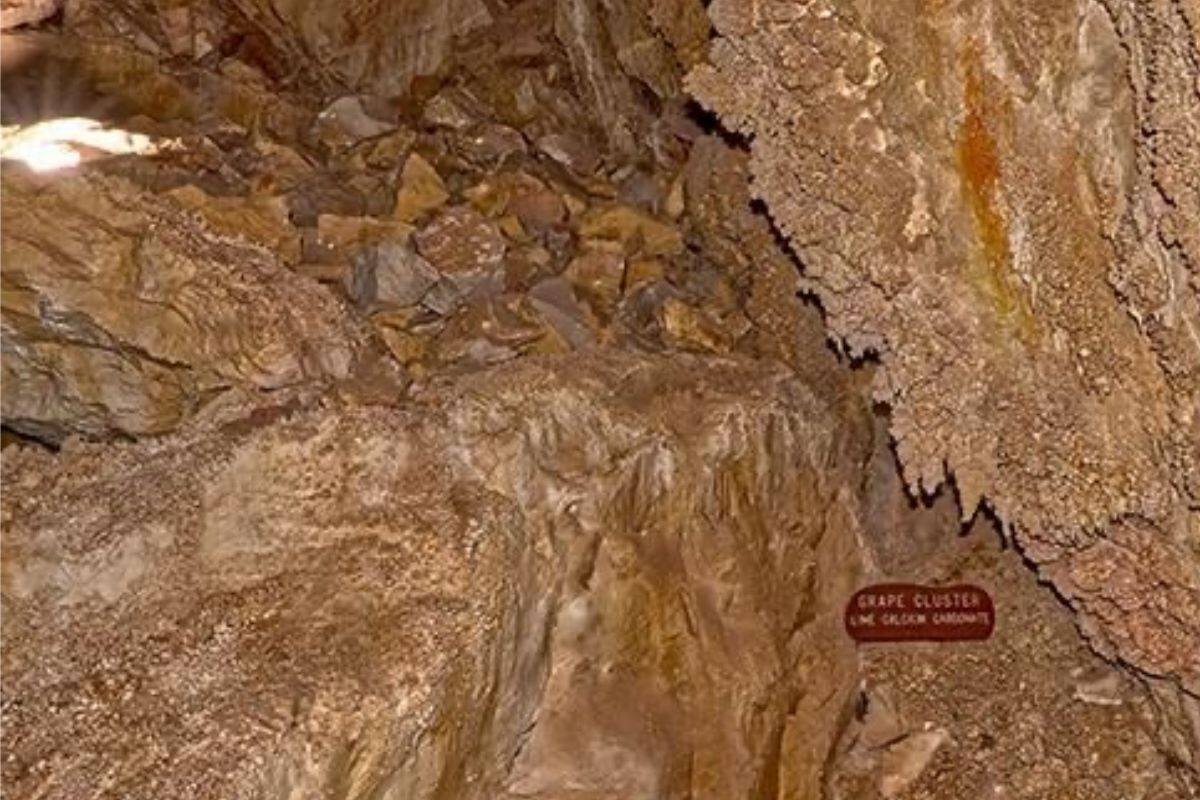
Source:RyanCrowley/ Pinterest
The rope was tied to the cowboy, and he was let down the hole. It took almost 150 feet of the rope before the cowboy reached the bottom. The cowboy said he saw two skeletons on a ridge and showed them some glittery rock-shaped samples he had picked from the pit.
Marketing Strategy: Dope on a Rope
They assumed the samples were gold. Walter bought the land to dig for his gold legally, but he eventually discovered that his supposed gold was nothing but a stack of iron oxide or rust. He then remembered the skeletons and made a plan.
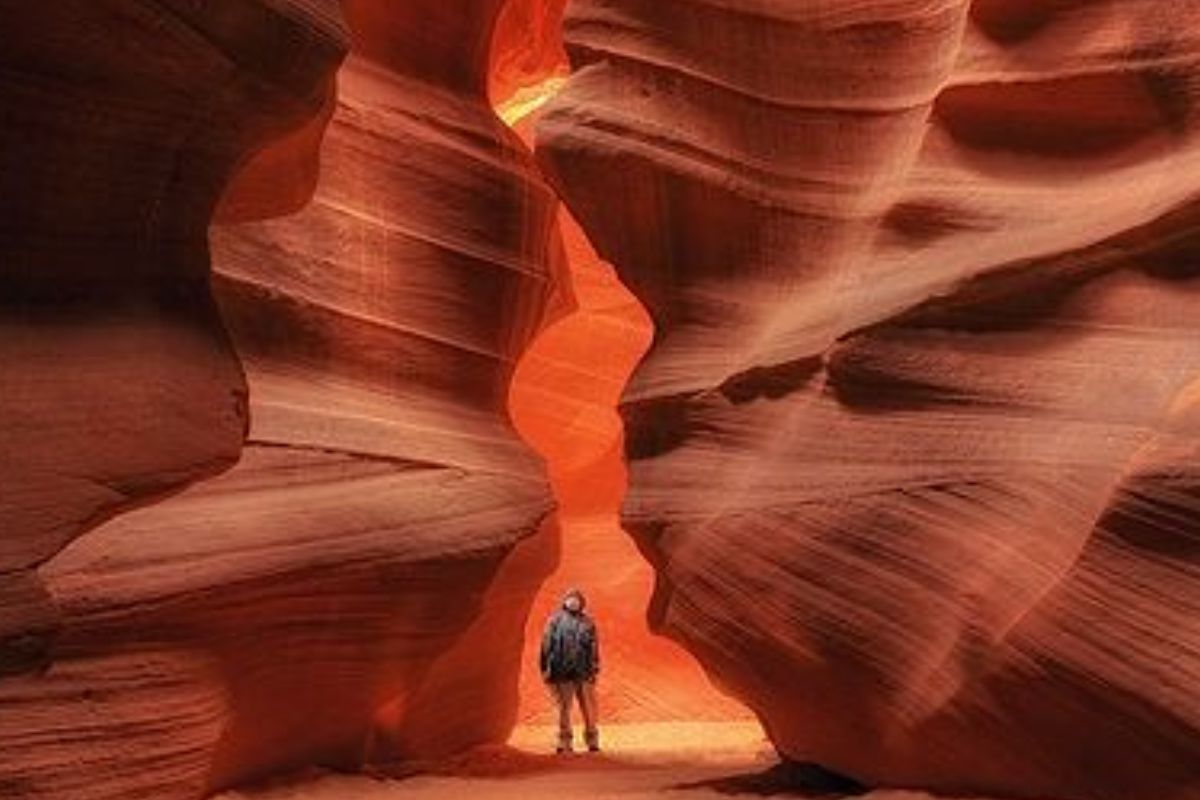
Source: Lolo/ Pinterest
He turned the hole into a tourist site using the skeletons to attract people. His plan worked as a lot of people came paying 50 cents each. Each person was let down the hole using a rope, an action tagged “Dope on a Rope.”
Its Many Names Over The Years
When Walter brought the property, he named it the Yampai Caverns. Around nine years later, the caverns were renamed Coccocino Caverns. As the caverns expanded accessibility by adding a swinging staircase, they were again renamed Dinosaur Caverns. At that point, it was named after the fossil remains of a prehistoric 15-foot-tall sloth that had been discovered.
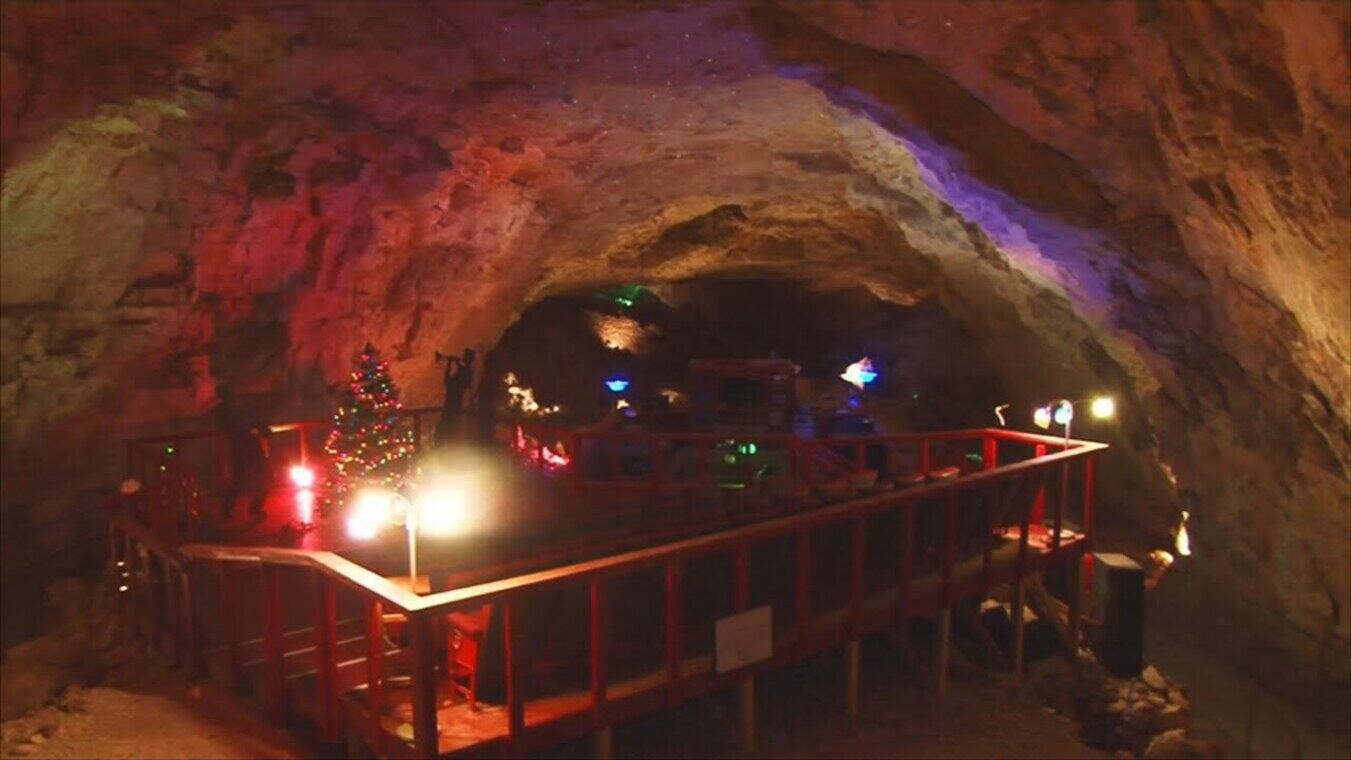
Source: At Your Leisure/YouTube
Finally, in 1962, after an elevator was installed, the cavern’s name changed to its present-day name, Grand Canyon Caverns.
New Discoveries
In 1935, some organizations trying to help Americans with jobs during the Great Depression collaborated with Walter. They provided workers who built a 15-foot ladder for Walter’s cave. In 1962, Walter closed the entry point of the hole. Experts told him the skeletons were the remains of two brothers from the Hualapai tribe.
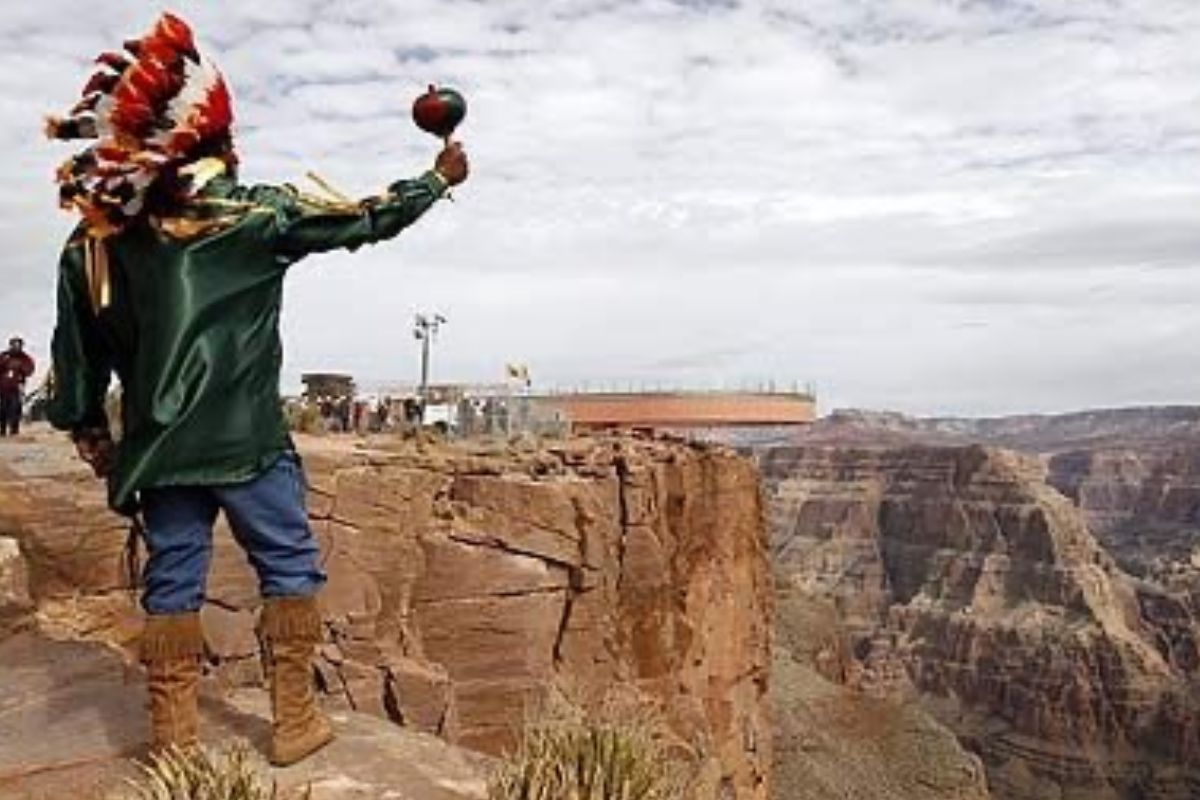
Source:BBCiPlayer/ Pinterest
Surviving members of the tribe found out and asked Walter to respect the burial site of their ancestors. Experts also found the remains of a 15 feet tall animal in that hole.
From Bunker to Underground Suite
John F. Kennedy also made plans to use Walter’s cave during his term. He planned to use it as a bunker to keep civilians safe during the United States’ strife with the Soviet Union. The shelter was stocked with supplies that would be enough for 2000 Americans for one month. However, there was no need for the cave to be used.
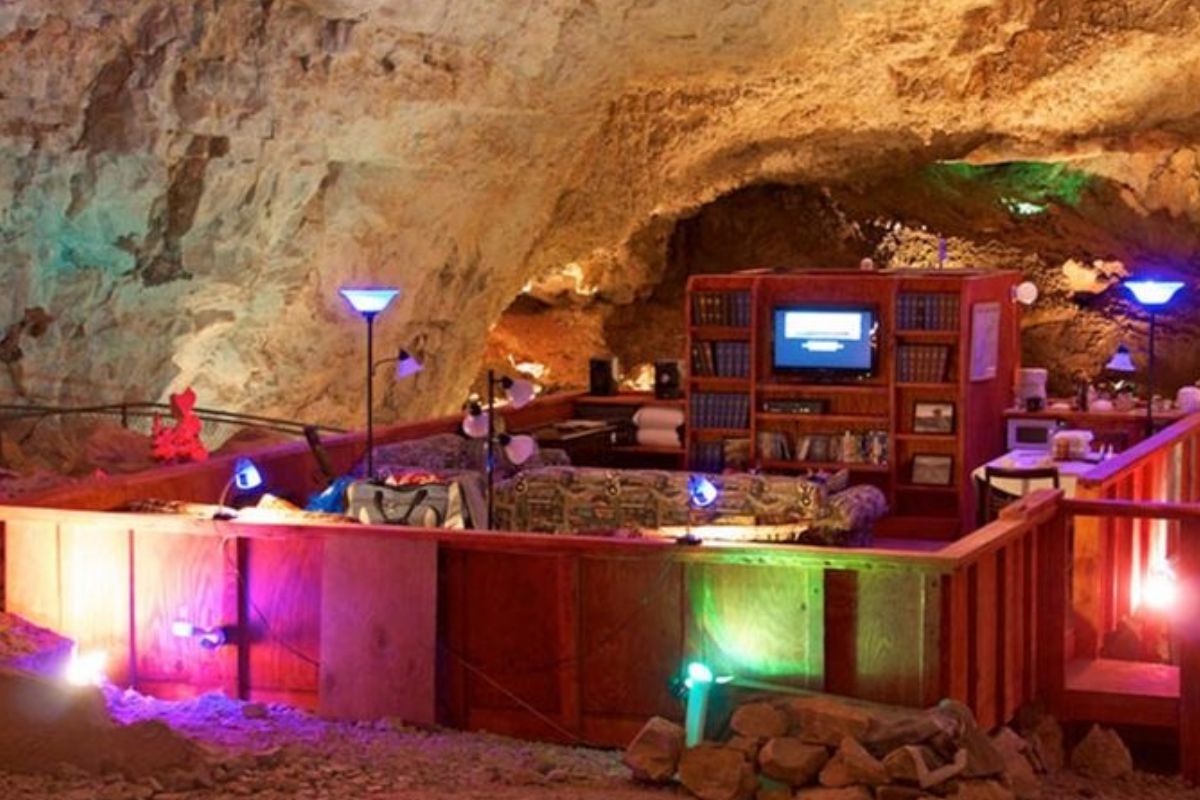
Source:TheTelegraph/ Pinterest
Years later, the cave was renovated, and today, it has been turned into an incredible underground suite where people often visit.
The Origins of the Grand Canyon Caverns
It is the largest dry canyon in the US, and its formation dates back to around 345 million years ago when the Southwestern United States was submerged beneath an ancient sea.

Source: Wikimedia Commons
Over time, the bottom of the sea became layered with shells and skeletons of dead marine creatures, which eventually led to the formation of a mud ooze that was rich in lime deposits. As the centuries passed, this composite later dried to create a limestone bedrock that would become the base of the caverns.
The Origins of the Grand Canyon Caverns (contd.)
Millions of years later, after numerous earthquakes and volcanic eruptions, it pushed the limestone bedrock a few hundred feet below the outer crust of the earth.

Source: Wikimedia Commons
All this happened simultaneously while the entire seabed in this region rose to 5000 ft above sea level. As a result of these geological upheavals, there were cracks and fissures within the bedrock. All of which ultimately shaped the majestic dry canyons we have today.
Grand Canyon Caverns' Fascinating Legacy
Today, the Grand Canyon’s caverns and the lands surrounding it are largely privately owned. It also has many workers exploring the captivating depths of the area and making discoveries of new caves. Even more remarkable, the air in these caves runs through 60 miles of limestone caves, all the way from the Grand Canyon.
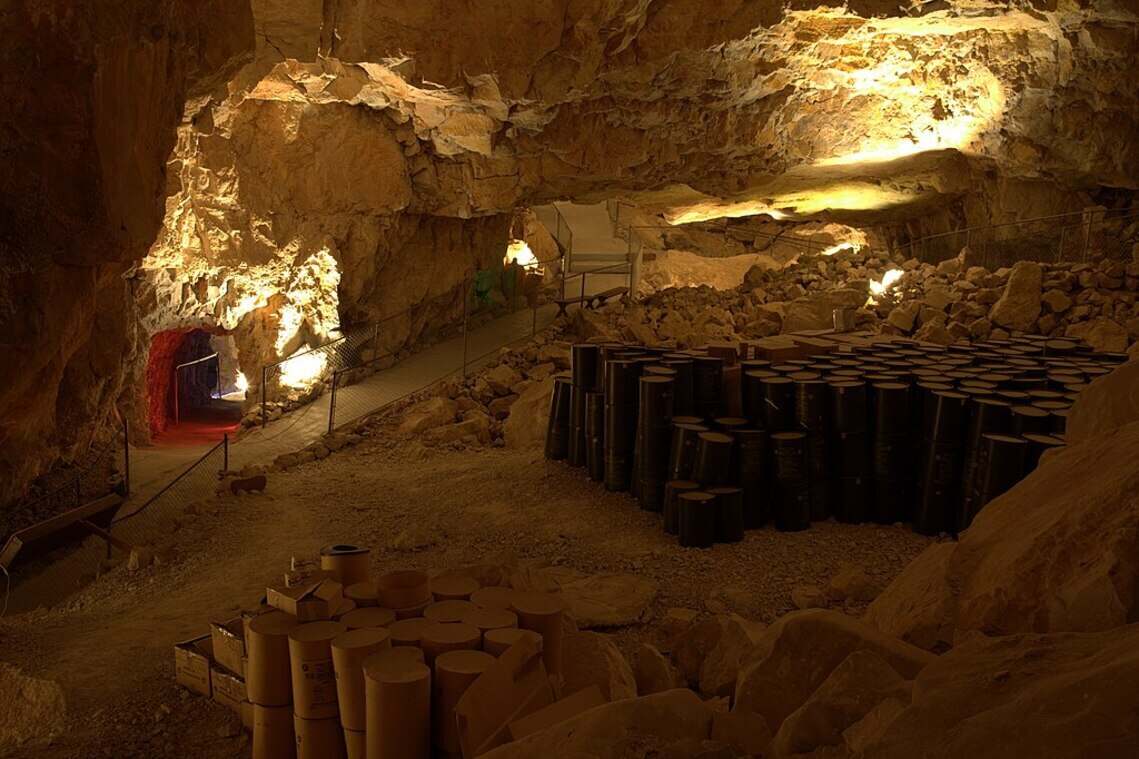
Source: Wikimedia Commons
Anyone looking to explore these caves has a lot to look forward to, and the elevator, first installed in 1962, makes it even more appealing.
Into the Depths Of The Caverns
A venture into the Grand Canyon Caverns takes visitors down a staggering 210 feet, which is equivalent to six stories deep underground. Once you arrive inside, there are expert guides available to help tourists navigate through the different areas and displays in these caverns.
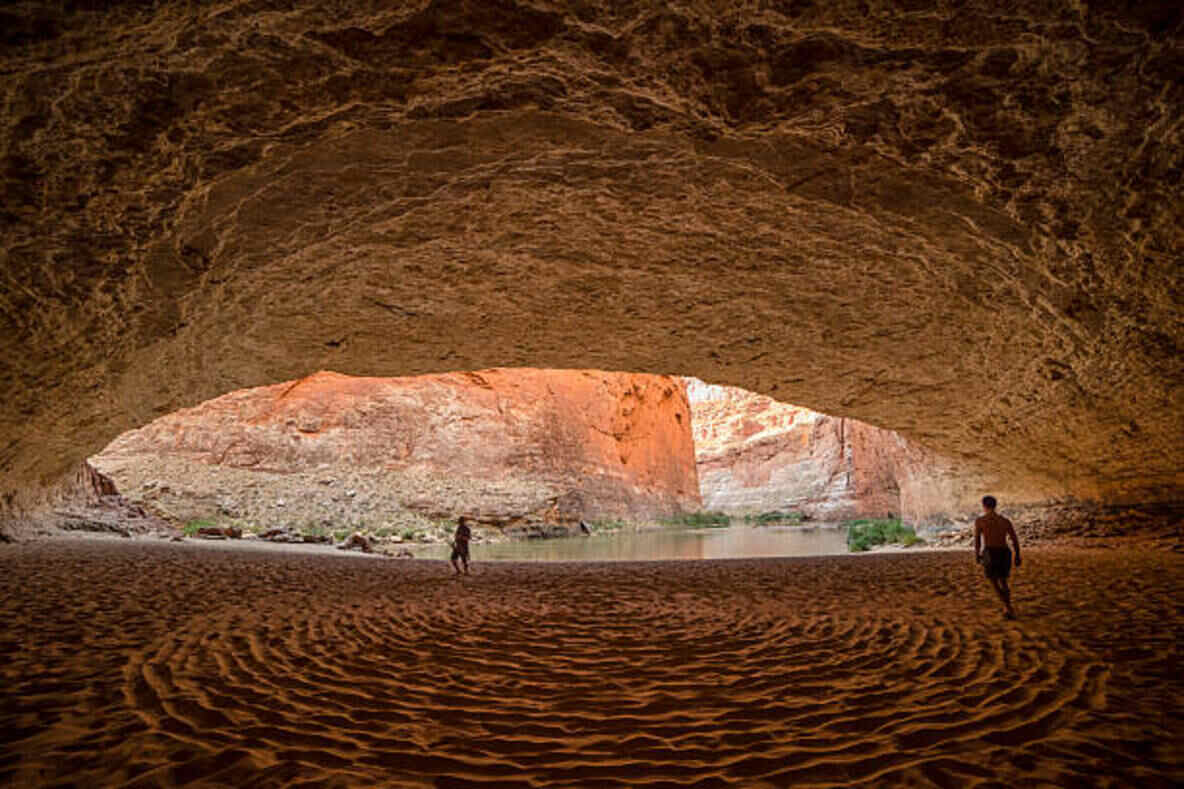
Source: Getty Images
Another appealing aspect is what the weather is like down there. Because it is underground, the temperature remains a steady 56° with zero humidity, which makes it suitable for any cave exploration.
A Tour of Wonders
For adventurous tourists, the caverns offer different tour options which have specific categories. For instance, those who are fearless explorers can opt for tours that offer a chance to visit the newly discovered caves.
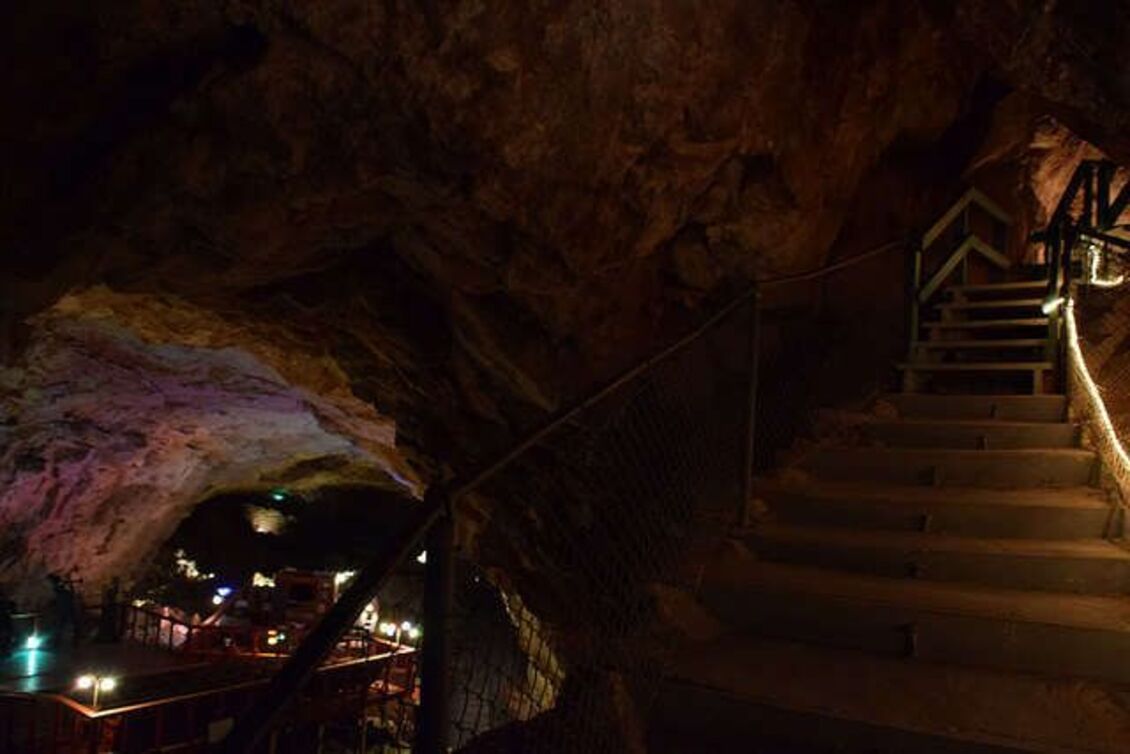
Source: Pinterest
Those hoping to enjoy the thrill of the paranormal can also enjoy tours around this theme. Also, the caverns are built with walking trails that have handrails. There are also benches along the way for stops and resting.
Tour Highlights
These caverns are packed with numerous displays that are not only captivating but will also leave tourists in awe. It offers a glimpse into the magnificent Giant Ground Sloth model, which was a creature that roamed the earth thousands of years ago. Now, it stands at 12 feet, is 4 inches tall, and weighs around 2,000 pounds.
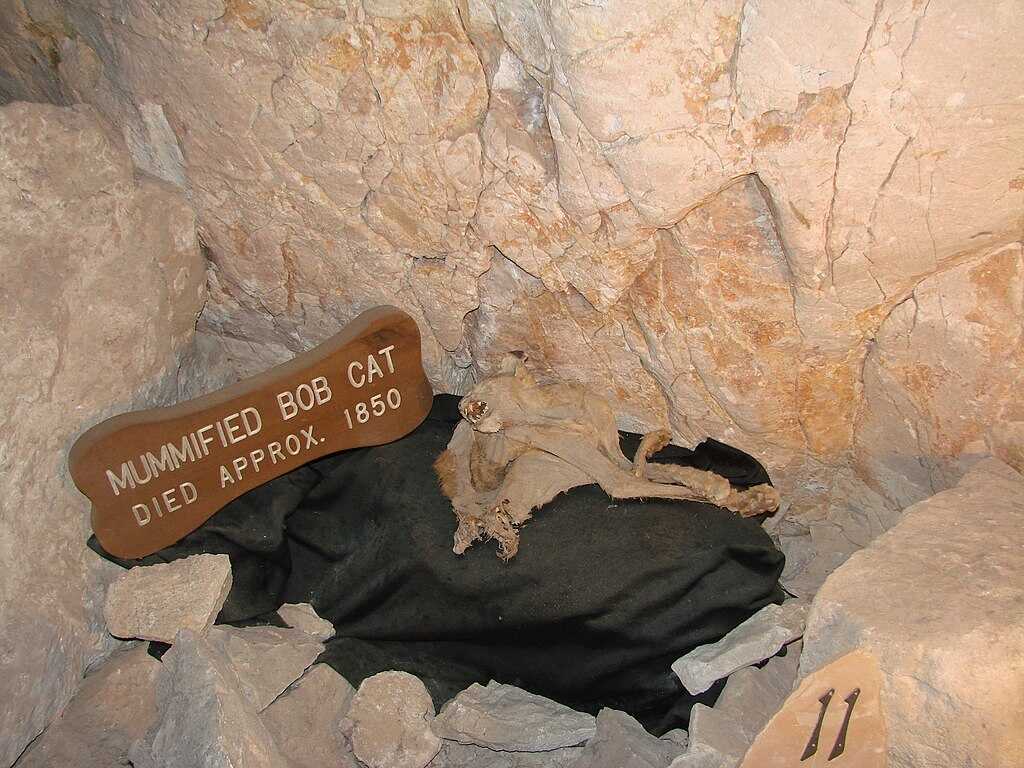
Source: Wikimedia Commons
The tour also showcases a mummified bobcat which was discovered over half a century ago.
More Tour Highlights
Amongst the highlights to look forward to is the Crystal Room, located in the heart of the caverns. This room offers quite a breathtaking view of numerous formations of selenite crystals, what many call nature’s own chandeliers.
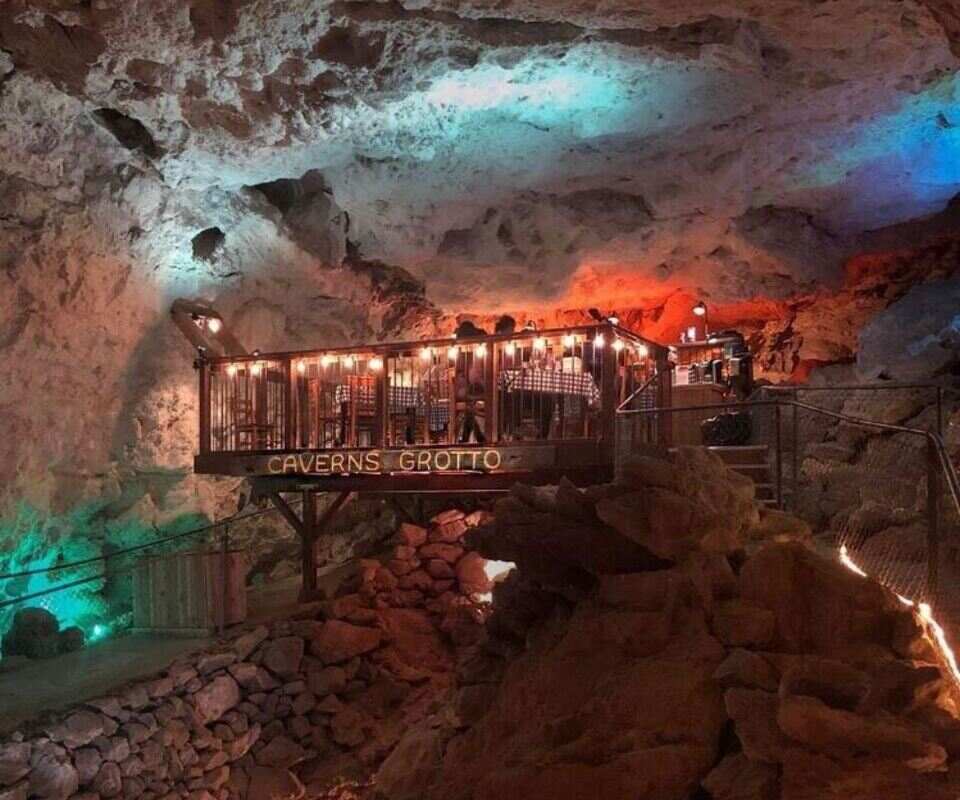
Source: grandcanyoncavern/Instagram
Other incredible parts to visit are the Chapel of the Ages and the Snowball Palace- tourists can reach these locations by passing through a 160-foot tunnel. These locations transport tourists to an underground world of nature’s wonders.
The Cave Suite Experience
Tourists looking to spend the night in the caverns can also get to stay at the underground cave suite. It offers an amazing experience in the oldest, darkest, deepest, quietest, and biggest suite room in the world.
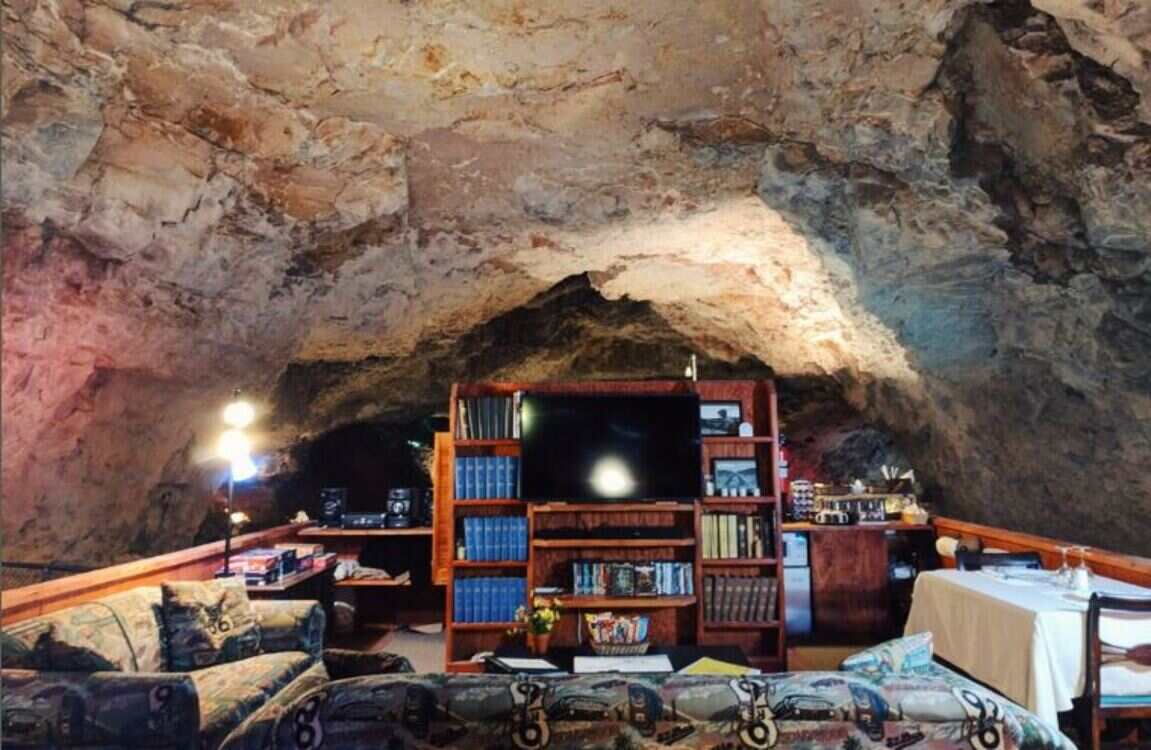
Source: grandcanyoncavern/Instagram
This underground suite is furnished with all the essential amenities anyone would need. However, there is only one room available in the Grand Canyon’s Caverns. Nonetheless, there are still many motel rooms above ground.
The Splendors Of The Grand Canyon
The Grand Canyon Caverns is the largest dry cavern in the United States. It is a natural limestone cavern located 210 feet beneath the surface of the earth. We can say it’s a true testament of the breathtaking grandeur of the Grand Canyon region.
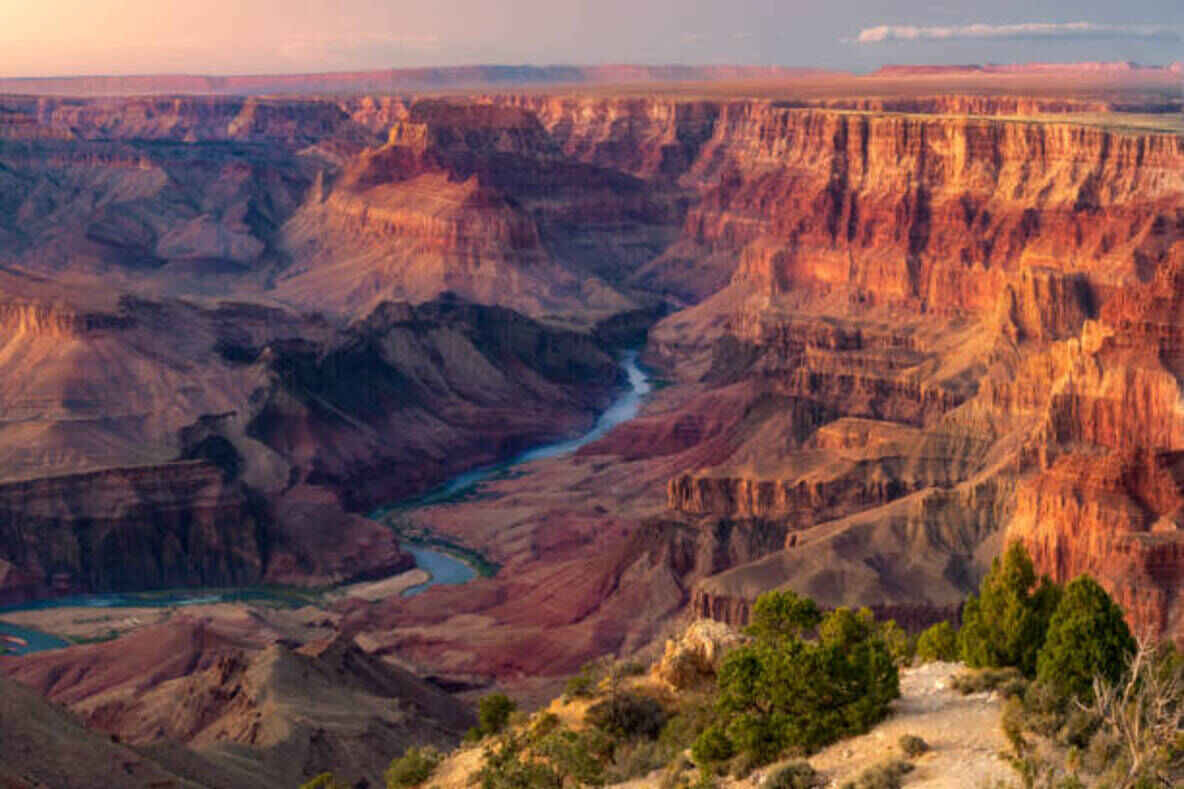
Source: Getty Images
Over many years, people have visited the caverns to explore the depths of nature’s artistry. No doubt, a visit will leave you feeling awe-inspired, and we can expect that for many years to come, more people will visit the region.
